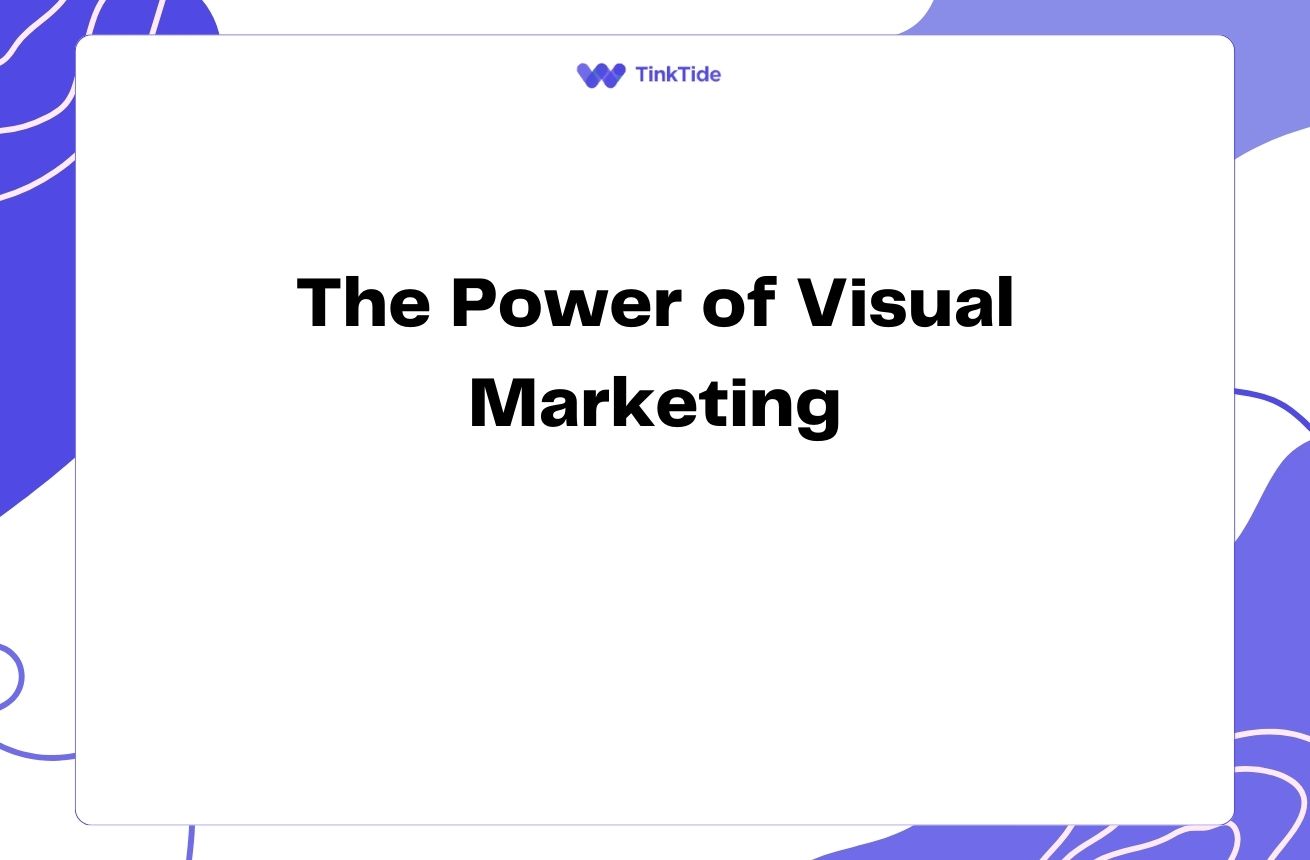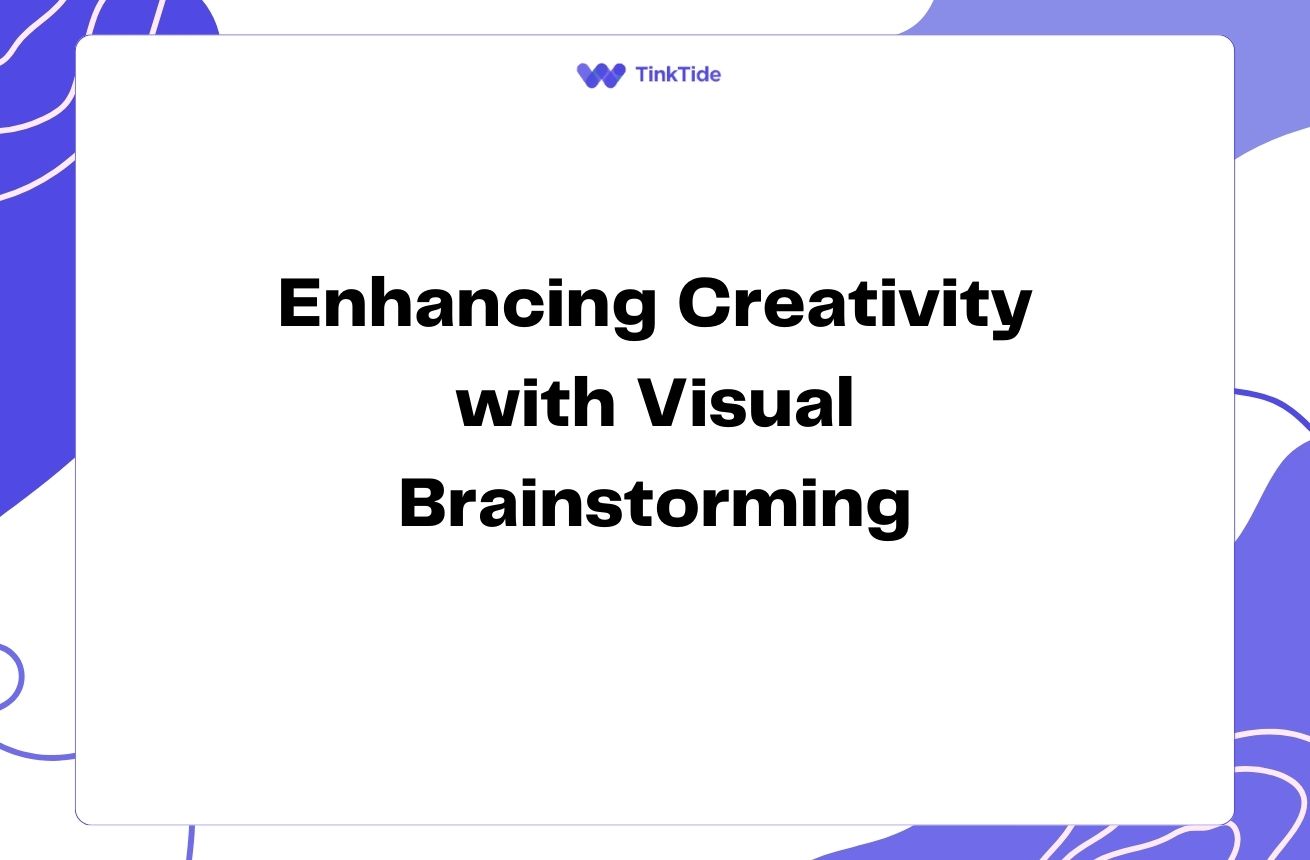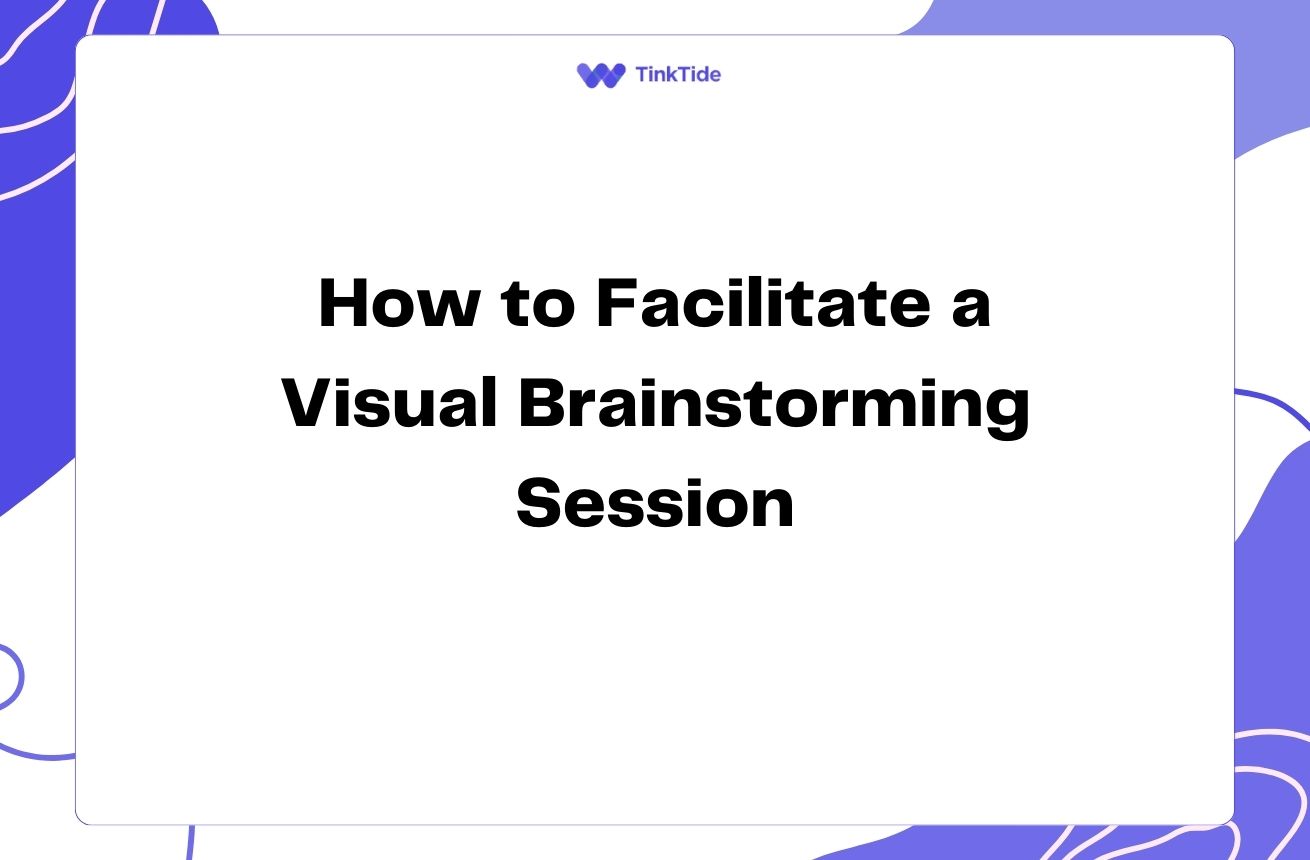Boost Your Marketing with Powerful Visuals
The Impact of Visual Content in Marketing
In today's fast-paced digital world, visual content has become a crucial element in marketing strategies. According to a study by HubSpot, content with relevant images gets 94% more views than content without. This statistic alone highlights the power of visuals in capturing and maintaining customer interest.
Visual content not only grabs attention but also helps in conveying complex information quickly and effectively. It's estimated that the human brain processes images 60,000 times faster than text, making visuals an ideal tool for marketers to communicate their message swiftly and memorably.
Moreover, visual content can significantly boost engagement rates across various marketing channels. For instance, tweets with images receive 150% more retweets than those without, while Facebook posts with images see 2.3 times more engagement than those without.
By incorporating visuals effectively in your marketing strategy, you can create a more engaging and memorable experience for your audience, ultimately leading to increased brand awareness and customer loyalty.
Types of Visual Content for Marketing
There's a wide array of visual content types that marketers can leverage to enhance their campaigns. Each type serves different purposes and can be used across various platforms to maximize reach and engagement.
- High-quality photographs
- Infographics and data visualizations
- Videos (including live streams and short-form content)
- GIFs and animations
- Memes and user-generated content
- Product demonstrations and tutorials
- Brand logos and consistent visual identity elements
Creating Compelling Visual Content
To create visual content that resonates with your audience, it's essential to understand your brand identity and target market. Start by defining your visual style guide, which should include color palettes, typography, and imagery that align with your brand's personality and values.
When designing visuals, focus on simplicity and clarity. Avoid cluttering your images with too much information. Instead, use white space effectively to draw attention to key elements. Remember, the goal is to communicate your message quickly and effectively.
Incorporate storytelling elements in your visuals to create an emotional connection with your audience. Research shows that emotional content performs better than purely rational content in marketing campaigns.
Lastly, ensure that your visuals are optimized for different platforms and devices. This includes creating responsive designs and considering aspect ratios for various social media platforms.
Leveraging User-Generated Content
User-generated content (UGC) is a powerful form of visual marketing that can significantly boost authenticity and trust. Encourage your customers to share photos or videos of themselves using your products or services.
UGC not only provides social proof but also helps in creating a community around your brand. According to Tint, 93% of marketers agree that consumers trust content created by customers more than content created by brands.
To leverage UGC effectively, create branded hashtags and run contests or campaigns that incentivize customers to share their experiences visually. Always ask for permission before using customer-created content and give credit where it's due.
Remember to showcase diverse representations in your UGC to appeal to a wider audience and reinforce inclusivity in your brand image.
Measuring the Impact of Visual Content
To ensure your visual marketing efforts are effective, it's crucial to measure their impact. Use analytics tools to track engagement metrics such as likes, shares, comments, and click-through rates for your visual content.
Pay attention to which types of visuals perform best on different platforms. For example, you might find that infographics work well on LinkedIn, while short-form videos are more effective on Instagram.
Use A/B testing to compare different visual styles, colors, or formats to optimize your content strategy. This data-driven approach will help you refine your visual marketing over time and improve its effectiveness.
Don't forget to monitor brand mentions and sentiment analysis to gauge how your visual content is impacting overall brand perception.
Steps to Implement a Visual Marketing Strategy
Follow these steps to create and implement an effective visual marketing strategy:
- Step 1: Define your brand's visual identity and style guide
- Step 2: Identify your target audience and their preferred visual content
- Step 3: Choose the right platforms for your visual content distribution
- Step 4: Create a content calendar for consistent visual storytelling
- Step 5: Produce high-quality, diverse visual content
- Step 6: Encourage and curate user-generated content
- Step 7: Analyze performance and iterate based on insights
Address common questions
Here are some frequently asked questions about using visuals in marketing:
How often should I post visual content?
The frequency of posting visual content depends on your platform and audience. However, consistency is key. Aim for at least 3-5 visual posts per week on social media platforms, and include visuals in every blog post or email newsletter.
What tools can I use to create professional-looking visuals?
There are many user-friendly tools available for creating visual content. Some popular options include Canva for graphic design, Adobe Spark for video creation, and Piktochart for infographics. For photo editing, consider using tools like Adobe Lightroom or VSCO.
How can I ensure my visuals are accessible to all users?
To make your visuals accessible, use alt text for images, provide captions for videos, ensure sufficient color contrast, and avoid relying solely on color to convey information. Consider creating multiple versions of infographics or complex visuals to accommodate different needs.
What's the ideal ratio of visual to text content?
While there's no one-size-fits-all answer, a good rule of thumb is to aim for a 60:40 ratio of visual to text content. This balance helps maintain engagement without overwhelming your audience with too much information.
How can I repurpose visual content across different platforms?
Repurposing visual content can be done by adapting the format, size, or aspect ratio to suit different platforms. For example, you can turn a long-form video into short clips for social media, extract key points from an infographic to create a series of social media posts, or use sections of a webinar as standalone how-to videos.
What are the copyright considerations when using visuals in marketing?
Always ensure you have the right to use any visual content in your marketing. Use royalty-free stock images or create your own visuals. When using user-generated content, always obtain permission from the creator and give proper credit. Be aware of platform-specific rules regarding copyrighted material, especially when using music in videos.
Provide additional resources
The Psychology of Visual Marketing
Learn about the psychological principles behind effective visual design
Social Media Image Sizes Guide
A comprehensive guide to optimal image sizes for various social media platforms
Color Psychology in Marketing
Understand how colors influence consumer behavior and brand perception
Video Marketing Statistics
Explore the latest statistics on the effectiveness of video marketing
Accessibility Guidelines for Visual Content
Learn how to make your visual content accessible to all users
Visual Storytelling Techniques
Discover techniques for creating compelling visual narratives in your marketing
Summarize key takeaways
Visual content is a powerful tool in modern marketing, capable of capturing attention, conveying information quickly, and boosting engagement across various platforms. By creating diverse, high-quality visuals that align with your brand identity and resonate with your target audience, you can significantly enhance your marketing effectiveness.
Remember to leverage user-generated content, measure the impact of your visual marketing efforts, and continuously refine your strategy based on performance data. Stay up-to-date with visual trends and platform-specific best practices to ensure your content remains fresh and engaging.
Start implementing these visual marketing strategies today to capture and maintain customer interest, drive engagement, and ultimately boost your brand's success in the digital landscape.
Elevate Your Visual Marketing Strategy
Ready to transform your marketing with powerful visuals? Start your free trial today and access tools to create stunning visual content.
Start Your Free Trial

